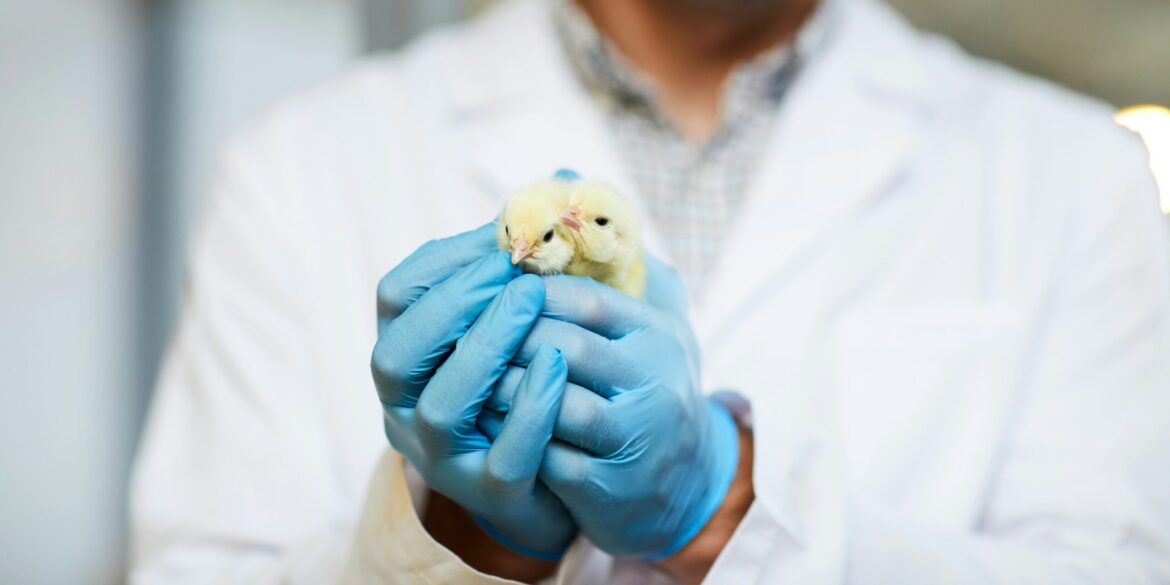The National Institutes of Health (NIH) has announced the creation of the Standardized Organoid Modeling (SOM) Center, marking a significant step forward in biomedical research. Revealed on September 25, the center will be the first federally supported hub in the United States dedicated to standardizing organoid development. Backed by approximately $87 million in funding over the next three years, the initiative represents a milestone in the effort to reduce reliance on animal models while advancing more precise, human-based systems for studying disease and testing treatments.
Organoids, miniature three-dimensional tissue structures grown from stem cells, have become an important tool in biomedical science because they can replicate key features of human organs. They provide a window into how tissues develop, respond to drugs, and progress under disease conditions. Over the past decade, organoids have been increasingly adopted in laboratories across the world, but a persistent problem has been reproducibility. Differences in lab techniques, reagents, or stem cell sources often result in inconsistent outcomes, limiting the reliability of findings. By creating a dedicated center to establish common standards, NIH aims to solve this long-standing challenge.
The SOM Center will be based at the Frederick National Laboratory for Cancer Research in Maryland, which already supports large-scale scientific collaboration. At the outset, the center will focus on organoid models of the liver, lung, heart, and intestine—organs that are central to understanding major diseases and drug responses. Over time, the scope will expand to include additional organ systems, rare disease models, and more complex tissue structures.
Beyond creating standardized protocols, the center will serve as a comprehensive resource for the scientific community. It will provide training opportunities for researchers new to organoid technology, offer validation services to test the reliability of models, and house a repository of reagents and organoid lines that can be accessed by labs nationwide. Cutting-edge tools, including artificial intelligence and robotics, will be integrated to optimize and automate organoid production, making the process more scalable and consistent across institutions.
The decision to launch the SOM Center is part of a broader movement to decrease reliance on animal testing. For decades, animal models have been the backbone of preclinical research, but they come with limitations. Biological differences between species can mean that results do not always translate to humans, leading to costly setbacks in drug development. Additionally, animal testing is expensive and raises ethical concerns. NIH officials emphasized that human-derived models such as organoids can provide more accurate insights into human biology while addressing concerns about animal welfare.
This initiative also reflects a growing policy shift across U.S. agencies. Earlier this year, NIH established an internal office tasked with promoting nonanimal methods, signaling its commitment to modernizing research tools. The U.S. Food and Drug Administration has likewise begun easing requirements for animal testing in certain drug approval processes, making room for alternatives such as organoids, computer modeling, and cell-based assays. Together, these steps reflect a larger trend toward what regulators describe as “new approach methodologies,” designed to make research both more efficient and more humane.
Still, significant challenges remain. Even with standardization, organoid systems are complex, and outcomes can be influenced by subtle differences in cell quality or environmental factors. While organoids are powerful for studying cellular-level processes, they cannot yet replicate the full systemic interactions that animal models provide. Regulatory acceptance of organoid-based testing will also require rigorous validation, and collaboration between researchers, industry, and federal agencies will be critical to establishing trust in the new methods.
Despite these challenges, the SOM Center is expected to become a cornerstone for future biomedical research. By making its protocols and data openly available, the center will foster a collaborative ecosystem in which scientists, industry leaders, and policymakers can work together. The vision is to accelerate discoveries in areas such as cancer, infectious disease, and regenerative medicine, while lowering costs and reducing delays in drug development.
For many scientists, the launch of the SOM Center represents not just an institutional milestone but also a cultural shift in research. It signals a future where human-based models are at the forefront of preclinical studies, paving the way for more accurate, ethical, and impactful science. If successful, the center could transform the way diseases are studied and treatments are developed, setting a precedent for the rest of the world to follow.

